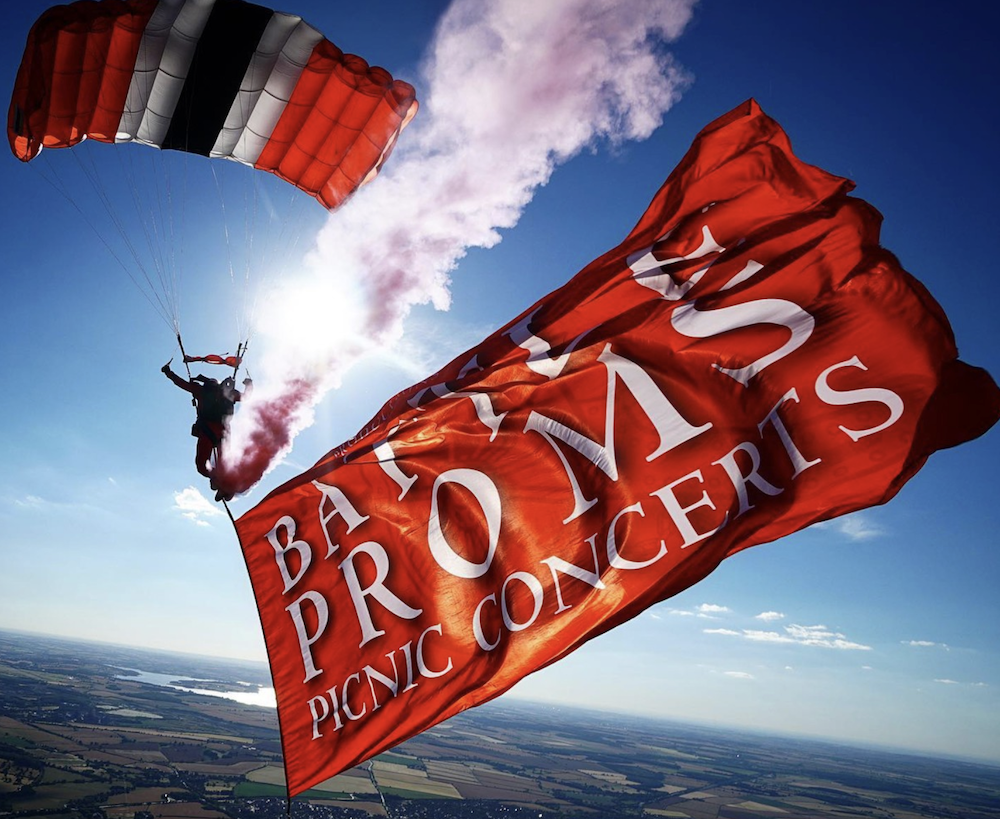Win tickets to Battle Proms 2024
This month, thanks to the lovely team at Battle Proms Picnic Concerts, three lucky Club members will win a pair of tickets to the Battle Proms event of their choice.
All current members have been automatically entered into this month's ballot.









